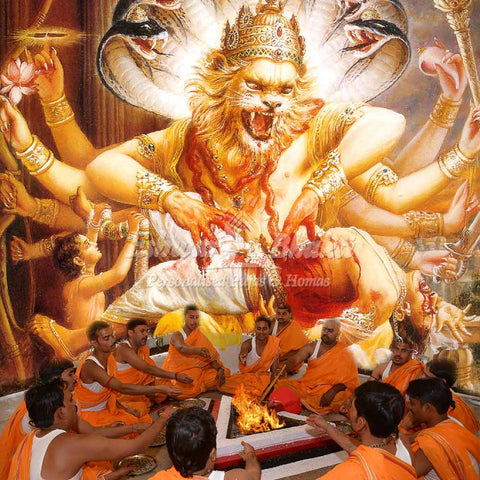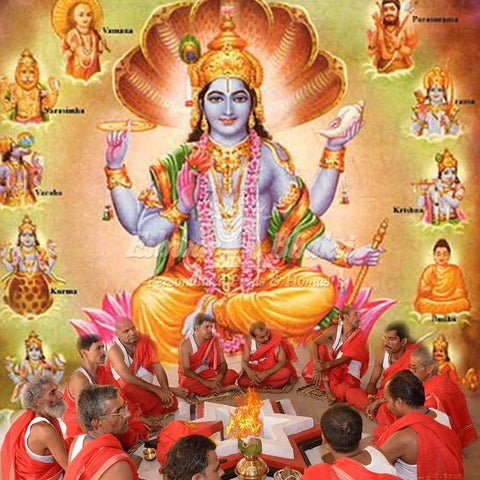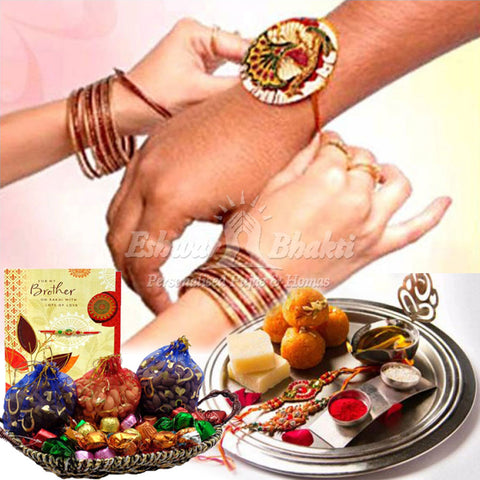Bhai Dooj festival
 India celebrates the unconditional love and bond between brothers and sisters in two ways – either as Rakshabandhan or as Bhai Dooj. While Rakshabandhan is the tying of a rakhi (thread) on the hand of a brother by his sister, whereas Bhai Dooj is putting a mark of Vermillion, known as Tilak, on the forehead of her brother.
India celebrates the unconditional love and bond between brothers and sisters in two ways – either as Rakshabandhan or as Bhai Dooj. While Rakshabandhan is the tying of a rakhi (thread) on the hand of a brother by his sister, whereas Bhai Dooj is putting a mark of Vermillion, known as Tilak, on the forehead of her brother.
Bhai Dooj celebrates the eternal love between brothers and sisters is celebrated on the last day of Diwali. Bhai means brother, and Dooj means two days after Diwali in Kartik month of the lunar calendar. On this pious day, every sister prays for a healthy, long, and bright life of their brothers, and in return, brothers give gifts and cash to their sisters.
Procedure to celebrate this festival: Though the procedure varies in different parts of India, sisters invite their brothers to her house and offer a sumptuous meal often including their favorite dishes/sweets. While carrying forward the age-old tradition, sisters make a seat for their brothers with rice flour to complete the ceremony. She performs aarti to her brother and applies a red tilak mark (a mix of Vermillion, Dahi, and rice) on the forehead of her brother. It is believed that this tilak marking ceremony on the occasion of Bhai Dooj signifies the devotional prayer of a sister for the long and prosperous life of her brother. In return, elder brothers bless their sisters and treat them with many gifts, jewelry, or cash.
Significance of Bhai Dooj: The tradition and the story behind each ritual have a very deep significance and values which play a vital role in the formation of Hindu culture. Just like all important Indian festivals, Bhai Dooj is attached to specific characters and personalities which helps the people of this country to understand and know the true significance and uniqueness of the festival. It is difficult to decode the unique understanding and love between a brother and a sister. Bhai Dooj is one of the most awaited festivals dedicated to strengthening the bond between siblings.
The story of Bhai Dooj has been carried forward either by word of mouth or through articles, literature, and stored scriptures. With heartfelt love, sisters apply the red tilak on the forehead of the brother, giving him the eatables of his choice and in return receives the gifts. The celebration comes to an end after praying to God for a long and successful life of the brother and after taking the blessing of all elder people in the house.
As per the tradition, if the brother lives in a faraway place from her house, in that scenario the sister sends her sincerest prayers for the happy life of her brother through the moon god. She worships the Moon God by keeping a fast and performs aarti in the evening. This is the reason behind calling Moon as Chanda mama (Chanda means moon and mama means mother's brother) by the children of a Hindu family.
The different names of this festival: Hindus living in a different parts of India and Nepal celebrate this festival with the same motive, love, and enthusiasm. Each region celebrates this holy day with its own traditional names, as follows-
• Bhayya Duj (Hindi)
• Bhagini Hasta Bhojana (Sanskrit)
• Bhai Dooj (North India)
• Yama Dwitiya (Most of South India)
• Sodara Bidige (Karnataka)
• Bhai Phonta (Bengal)
• Bhai-Tika (Nepal)
• Bhau-Beej (Maharashtra)
• Bhatri Ditya or Bhaghini Hastha Bhojanamu (Andhra and Telangana)
Legends behind Bhai Dooj; There are different stories related to the origin of this auspicious day. According to a legend, the supreme Lord Krishna visited his sister, Subhadra after a rigorous fight and killing the mighty demon Narkasur. His younger sister gave him a warm welcome and celebrated that day as a memorable day with flowers, eatables, and sweets. Subhadra also applied the ceremonial "tilak" on the forehead of Krishna, and performed aarti. Hence the festival of "Bhai Dooj" originated from there.
Another legend revolves around the story of God Yama (the God of Death) and his sister Yamuna. It is believed that after a long period God Yama met his beloved sister on Dwitheya, the second day after Diwali (the new moon day). Lord Yama was delighted by his sister's loving welcome, and the brother and sister spent a pleasant evening in each other's company. When it was time for God Yama to leave his sister’s house, He said, you have welcomed me with a pure heart, but I did not bring you a gift. Therefore, ask me something and that will be yours.
After some friendly discussion, Yamuna requested Him for a boon and said, "it is my wish that all brothers should remember their sisters on this auspicious day and if possible, they should visit their house and, on this day, all sisters should pray for the longevity and happiness of their brothers." "So be it!" proclaimed Lord Yama, and said, “I grant long and healthy life to all brothers who give blessings and gifts to their sisters on this day".
Summary: Bhai Dooj, Bhau beej, Bhai Tika, Bhai Phonta is a ritual celebrated by Hindus on the second lunar day of Shukla Paksha (bright fortnight) in the Kartika month of the Hindu calendar. According to the teachings of mythology, people from Hindu origin celebrate this festival since Dwapara Yuga, when Lord Krishna received a warm welcome during a sacred visit to His sisters Kingdom. On this auspicious day of Bhai Dooj, women invite their brothers to their home and apply 'tilak' on their foreheads and offer prayers to the Gods for the wellbeing of their brothers, and in return, brothers present them beautiful gifts and cash.
In present days, most of the families are shrinking and family members are living in distant places to earn their livelihood. Just like Raksha Bandhan, Bhai Dooj is one of the oldest festivals which reunites and renews the relationship between brothers and sisters and brings unity in entire family.




Comments
This website was really, really helpful especially 4 my school notes! it was all very interesting and new 2 me! thanks 4 sharing this website!
Mackenzie da best